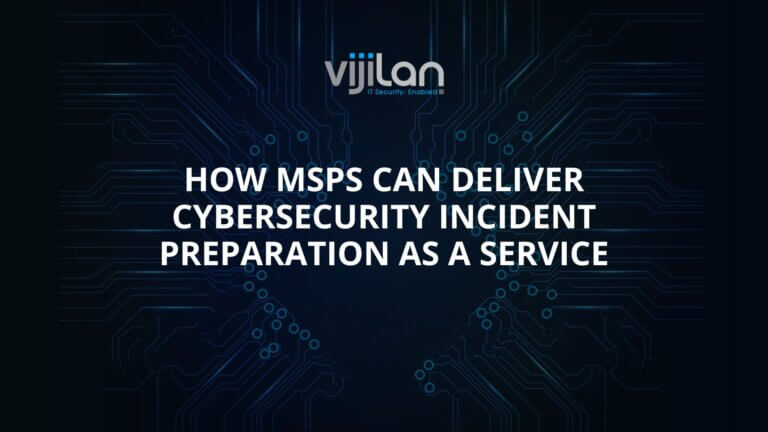What is Web Shell?
Web shells are malicious scripts that are designed to allow attackers to maintain remote access to a compromised web server. These scripts can be difficult to detect, and if left unchecked, can result in a serious data breach. In this article, we will discuss how to detect it with a Security Information and Event Management (SIEM) system using Vijilan Security.
Firstly, let’s understand what they are. They are typically written in scripting languages such as PHP or ASP and are designed to be uploaded to a compromised web server. Once uploaded, the web shell can be used by attackers to execute commands, upload and download files, and manipulate data on the compromised server.
Now, let’s dive into how Vijilan Security can help with detecting web shells using a SIEM system. Vijilan Security is a managed security service provider that offers a wide range of security services, including managed SIEM services. By leveraging Vijilan’s expertise, businesses can detect and respond to security threats in real time.
To detect web shells with a SIEM system, follow these steps:
Step 1: Identify the web server logs that contain information about web requests and responses. This may include access logs, error logs, and application logs.
Step 2: Configure your SIEM system to ingest these logs and extract relevant information. This may include information such as the user agent, the requested URL, and the response status code.
Step 3: Use the SIEM system’s correlation engine to detect anomalies in the web server logs. This may include detecting abnormal user agent strings, unexpected URLs, and unusual response codes.
Step 4: Configure the SIEM system to trigger alerts when suspicious activity is detected. These alerts should include information about the detected activity, the affected system, and the severity of the threat.
Step 5: Investigate alerts in real-time to determine whether a web shell is present on the compromised web server. This may involve analyzing network traffic, reviewing system logs, and conducting a forensic investigation.
By following these steps, businesses can effectively detect web shells with a SIEM system, ensuring that their networks are protected against cyber threats. However, it’s important to note that detecting web shells can be complex, and mistakes can have severe consequences. This is where Vijilan Security can help. With Vijilan’s managed SIEM services, businesses can rely on experts to detect and respond to security threats in real time, ensuring that their networks are protected against web shell attacks.
In conclusion, web shells are a serious threat to web servers, and by leveraging Vijilan Security, businesses can detect and respond to web shell attacks in real time. With a managed SIEM system, businesses can detect anomalies in web server logs, trigger alerts when suspicious activity is detected, and investigate alerts in real time. By working with Vijilan Security, businesses can ensure that their networks are protected against web shell attacks.




